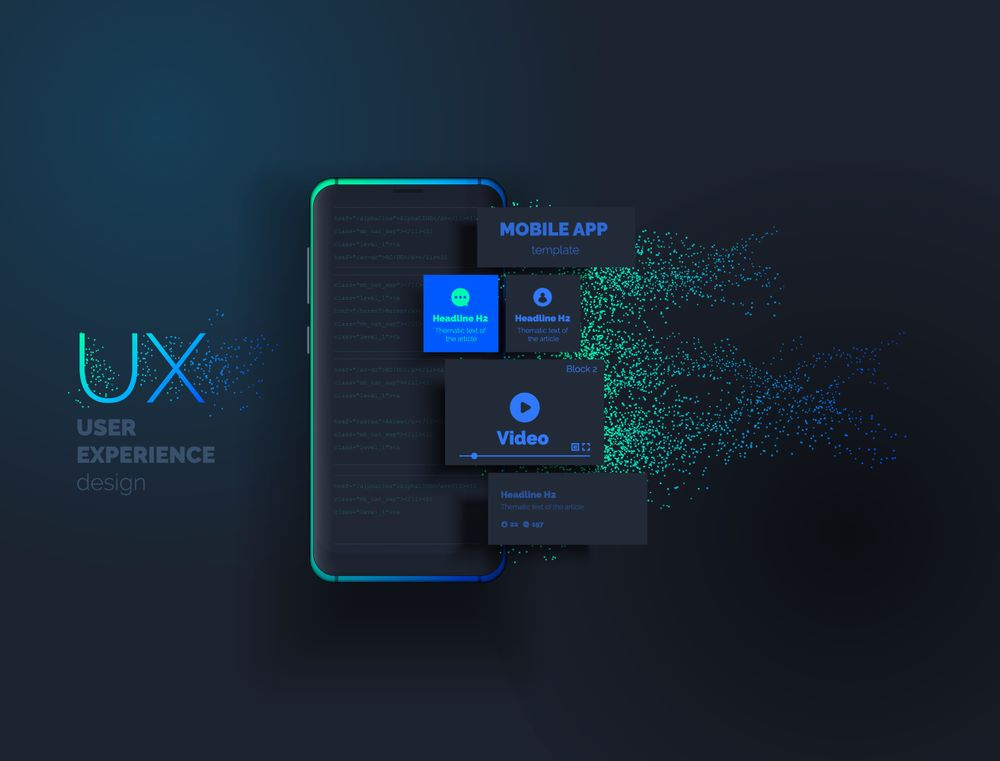There are a variety of different reasons you might want to create an app, but it can be intimidating if you don’t know where to start! We’ve got everything you need to know in order to create an app from scratch and release it into the App Store. First, we’ll discuss how to choose your app idea, then walk through the steps of writing your app and setting up beta testers, before moving on to marketing, pricing and publishing your app. By the end of this guide, you’ll have everything you need to get started on creating your own apps! Learn More how to create an app.
Steps to Creating an App
Think up an idea for your app, then determine if it’s a viable business. You can do so by gauging consumer interest and identifying any competition in your space. Next, secure funding to build your app. This is generally done through securing venture capital funding; however, bootstrapping is also possible if you plan on self-funding your project.
If you’re able to raise money, move onto deciding whether or not you want a solo team or bring on outside developers. If opting for outsiders, choose a development platform and start building out a wireframe and conceptual framework with input from developers and anyone else on your team that has relevant expertise.
Get a good idea
One of the biggest mistakes app entrepreneurs make is getting caught up in execution before they’ve nailed down their idea. One of your first steps should be to get really clear on what you want to build, why you think it will be valuable, and how it fits into a bigger ecosystem. Nail those things down and don’t move forward until you can clearly articulate them.
Take time to talk with people whose opinion you trust: As you start conversations with others about your app ideas, start developing more clarity on your project’s strengths and weaknesses. What are people saying about it? What do they like about it? What don’t they like? How could you tweak or expand upon that?
Find your niche
Even if you’re going to develop apps in general, make sure you choose a niche that you know. Are you more comfortable with music apps? Maybe sports? Maybe social media? Figure out what is most interesting and important to you and focus on apps related to that area. You’ll also want a clear vision of your target audience so start thinking about what makes up your audience. For example, are they young or old? Men or women? Do they all have iPhones or do some have Androids too? If one of these demographics is significantly larger than another, try developing for them first.
Have a plan
Before you begin programming, it’s important to lay out a plan for what your app will be. Will it be free or a paid app? Will you use features like GPS and notifications? Will it be in a known language, or do you want to try something new? These factors all have an impact on how long it will take to develop your app, so sit down and decide what your app will look like and who it will serve before you get started.You can choose the Platform like React-Native or Flutter For app development. These platforms are the top platforms which are currently used by most of the app developers.
Start small with MVP

Building a minimum viable product (MVP) is a common practice in software development. MVPs are used to create basic features or new iterations of existing features that allow you to get market feedback and test ideas. Though they aren’t always considered polished products, they can be released and validated as quickly as possible by your target audience.
To create an app from scratch that doesn’t require outside investment, start with an MVP. Then launch it on a platform like Google Play, where consumers can download it for free and give you their opinions about what could be improved. From there, use their feedback to adjust your strategy and keep building toward your final vision for what your app will ultimately look like when it’s fully functional!
Stay focused on your goal
When developing your app, it’s important to stay focused and have a sense of direction. Often, people will create a list of random ideas they want their app to have. Don’t do that! Make sure you have a clear vision of what you want your app to accomplish. This way, you can work in steps toward that goal without getting sidetracked by all those other great ideas. On top of helping you stay on task, keeping your end goal in mind will keep you motivated through all stages of development. You can choose the right Platform like Flutter or React Native
Get feedback
There are many tools that help you create apps, but that doesn’t mean your app is guaranteed to be good. Before you start coding, seek out feedback and make a list of problems with your idea or concept. Users can inform you about things you don’t even know your product will need, like security measures or backup software. The more information you have on what your users want (and don’t want), the better off you’ll be in creating a successful product. User feedback can also help refine your target market, which directly affects what features should be included in your app and which should be ignored—or even eliminated altogether.
Network to gain experience in the field
Even if you’re launching a mobile app, you’ll want to network with people in your industry. In fact, now is an especially good time because most firms are transitioning to mobile and will be looking for people who know how it all works. Get on LinkedIn and look up companies you might be interested in working for. Then, send them a message asking if they need any freelance work done or can recommend someone else who does (not as a lead generation method, but rather as a way of building out your professional portfolio). When you build up your body of work on LinkedIn, recruiters will often find you and reach out about positions that may not have been posted.
To Read More Tech Blogs Visit: Technical Nick

















